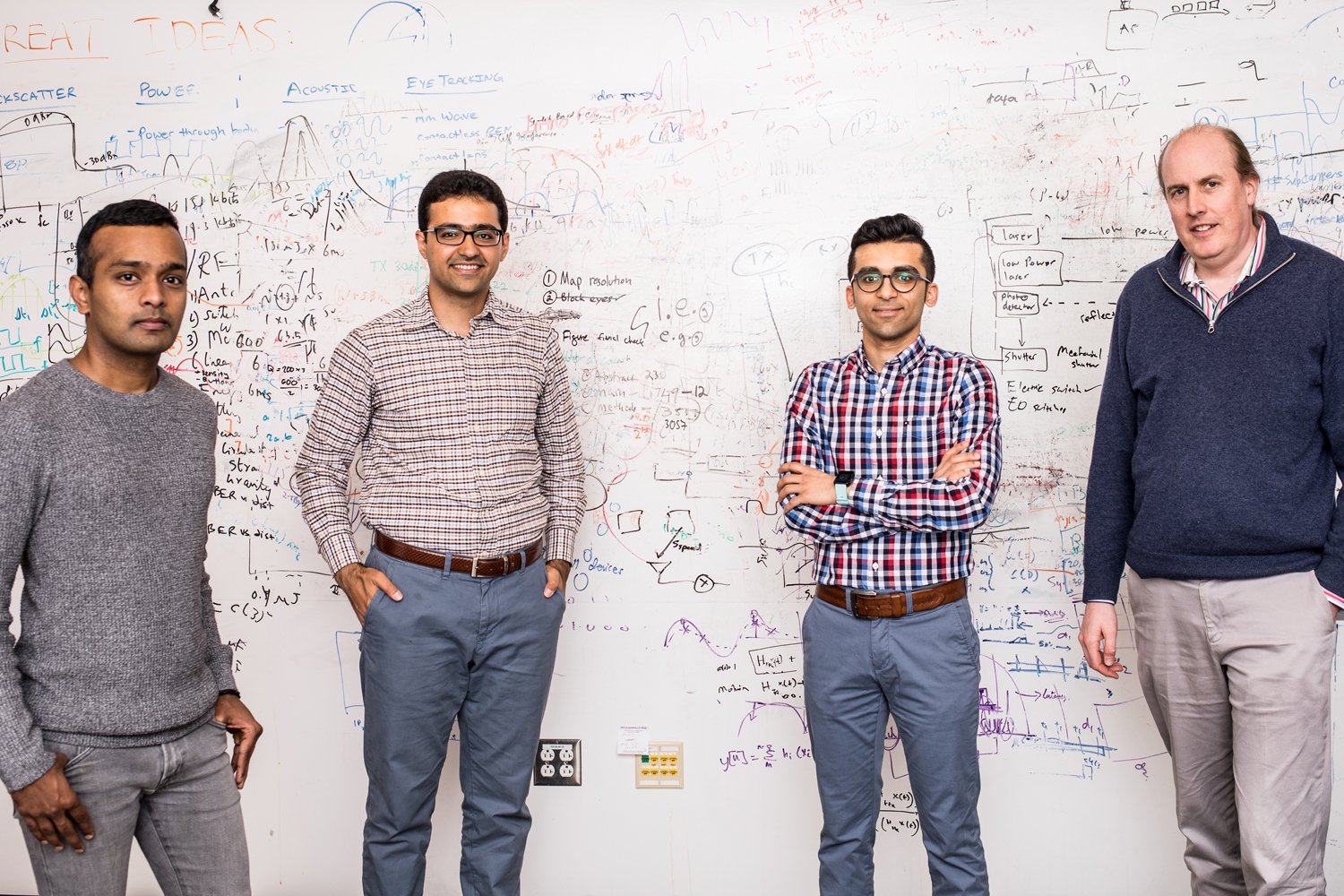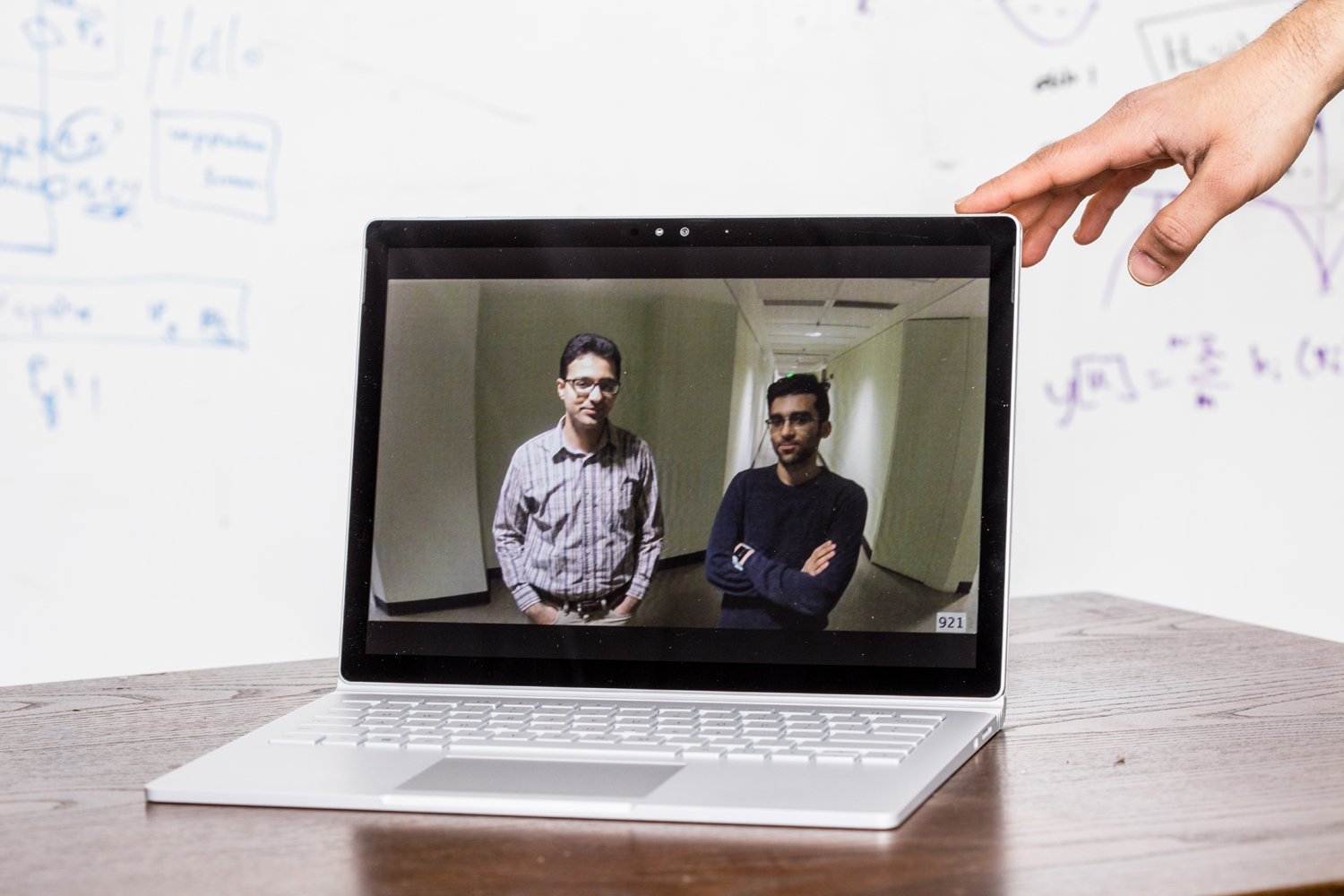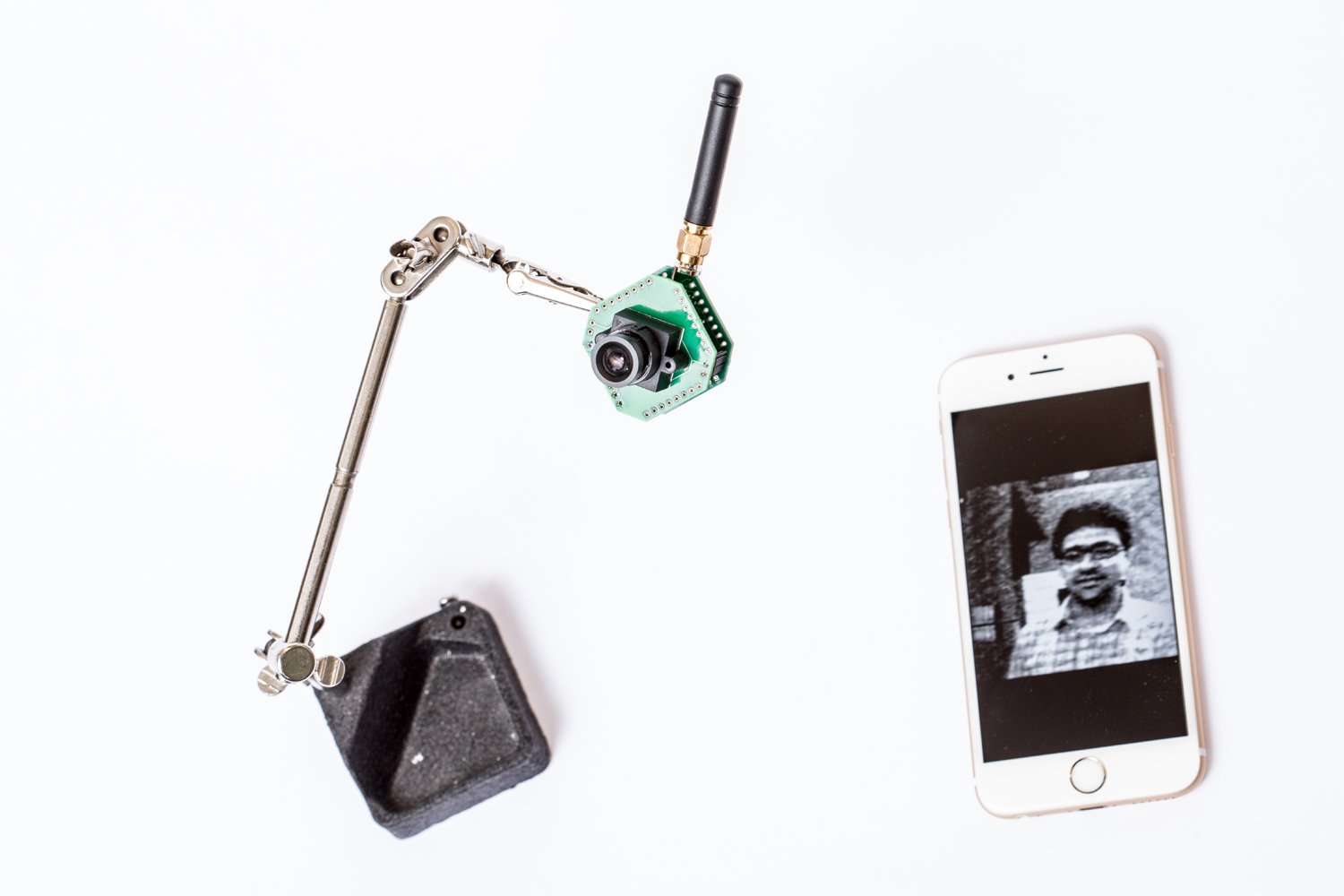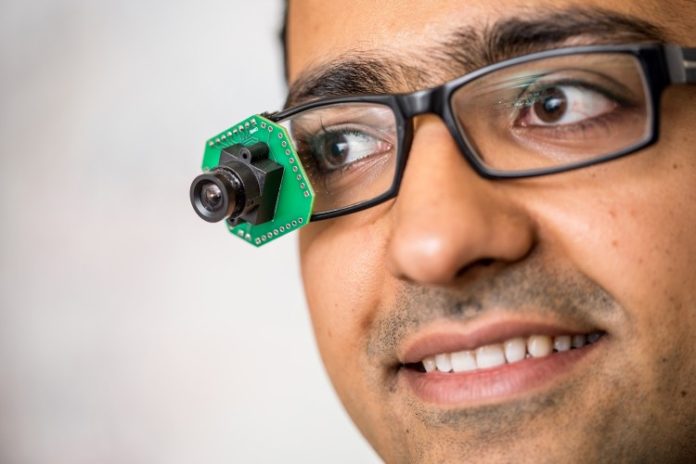Most of the video cameras that promise to share videos of live concerts or surgeries instantaneously around the world, can’t perform high-definition video streaming. They use heavy batteries to stay functional.
In the search for a better prototype, engineers at the University of Washington have developed a new HD video streaming method that doesn’t need to be plugged in. The system ignores power consuming parts.
The system involves the pixels in the camera are directly connected to the antenna, and it sends intensity values via backscatter to a nearby smartphone. The phone, which doesn’t have the same size and weight restrictions as a small streaming camera, can process the video instead.

For the video transmission, the system translates the pixel information from each frame into a series of pulses where the width of each pulse represents a pixel value. The time duration of the pulse is proportional to the brightness of the pixel.
Scientists particularly used backscatter technique to develop the system. The technique allows share information by reflecting signals that have been transmitted to it.
Study author Shyam Gollakota, said, “The fundamental assumption people have made so far is that backscatter can be used only for low-data-rate sensors such as temperature sensors.”

“This work breaks that assumption and shows that backscatter can indeed support even full HD video.”
Co-author Joshua Smith, a professor in the Allen School and the UW Department of Electrical Engineering said, “It’s sort of similar to how the cells in the brain communicate with each other. Neurons are either signaling or they’re not, so the information is encoded in the timing of their action potentials.”
The fascinating is the system could stream 720p HD videos at 10 frames per second to a device up to 14 feet away. In addition, it uses 1,000 to 10,000 times less power than current streaming technology.
Along with this, scientists devised a low-resolution, low-power security camera, which can stream at 13 frames per second.

Co-author and recent UW electrical engineering alum Saman Naderiparizi said, “There are many applications. Right now home security cameras have to be plugged in all the time. But with our technology, we can effectively cut the cord for wireless streaming cameras.”
The group also envisions a world where these cameras are smart enough to only turn on when they are needed for their specific purpose, which could save even more energy.
Gollakota said, “This video technology has the potential to transform the industry as we know it. Cameras are critical for a number of Internet-connected applications, but so far they have been constrained by their power consumption.”
This technology has been licensed to Jeeva Wireless, a Seattle-based startup founded by a team of UW researchers, including Gollakota, Smith and Vamsi Talla, a recent UW alum and co-author on this paper.
This research was funded by the National Science Foundation, the Alfred P. Sloan Foundation and Google Faculty Research Awards.
The team presented these findings April 10 at the Advanced Computing Systems Association’s Symposium on Networked Systems Design and Implementation.
